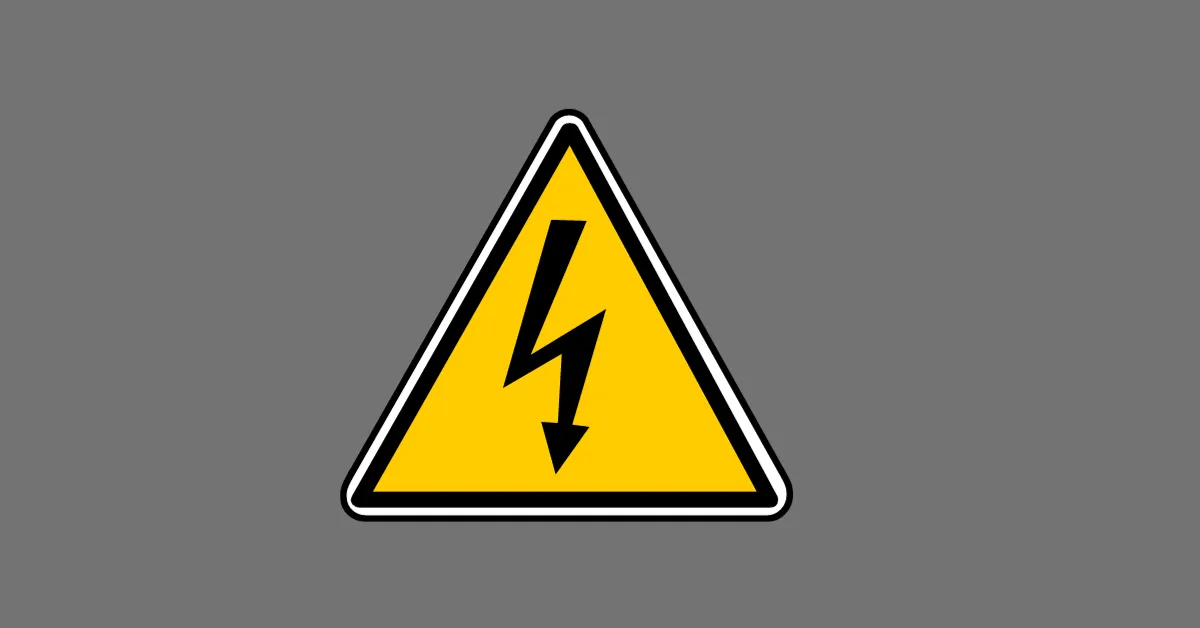LM317 Calculator
The control of output voltage remains essential during power supply circuit development. An LM317 Calculator serves as an essential tool for this purpose. The LM317 voltage regulator calculator enables users to determine precise output voltages by using specified resistor values for their power supply design tasks or circuit testing needs, or educational purposes regarding voltage regulation.
In this comprehensive guide, we’ll cover:
- How to use an LM317 Calculator for voltage regulation
- Voltage regulator calculations explained
- Step-by-step guide for calculating output voltage
- Understanding the LM317 datasheet and formulas
By the end, you’ll be able to design stable voltage outputs confidently, avoiding guesswork in your electronic projects.
What is an LM317 Calculator?
The LM317 Calculator serves as a tool to compute LM317 voltage regulator output voltage from chosen resistor settings.
The adjustable voltage regulator LM317 provides output voltages between 1.25V and 37V which makes it appropriate for different power supply applications.
Users benefit from precise voltage regulation through the LM317T Calculator because it eliminates the need for manual calculations.
How Does an LM317 Voltage Regulator Work?
Two resistors determine the output voltage of the adjustable voltage regulator LM317. The standard basis functions as the guiding principle for the voltage out calculator operation.
LM317 voltage regulation formula:

Where:
- Vout = Output voltage
- Vref = Reference voltage (1.25V for LM317)
- R1 & R2 = Resistors controlling voltage output
- Iadj = Adjustment current (~50µA, often negligible)
An LM317 Calculator provides instant Vout calculation through R1 and R2 value input, which improves circuit design precision and efficiency.
Step-by-Step Guide: Using an LM317 Calculator
1. Gather Required Values
Vref (Fixed at 1.25V) Select R1 (Typically between 240Ω – 1KΩ). Determine R2 according to the needed output voltage level.
2. The output voltage calculation
It requires the application of the designated mathematical equation. The output voltage calculation formula requires the input of R1 and R2 values. The purpose of adjusting R2 is to produce the required voltage output level.
3. Verify with an LM317 Calculator
An online voltage regulator calculator provides a way to validate the calculated results.
4. Test Your Circuit
Construct the components according to the determined calculations. Verify the accuracy of the output voltage by measuring it with the equipment.
Using an LM317L Calculator simplifies this process, making voltage regulation more precise and efficient.
LM317 Calculator Reviews
“Essential Tool for Electronics Projects”⭐⭐⭐
“The LM317 Calculator has completely simplified designing voltage regulator circuits. I can quickly determine resistor values and output voltages without manual calculations, saving me time and reducing errors.”
— Jordan M., Sydney, Australia
“Accurate and User-Friendly”⭐⭐⭐
“As an electronics hobbyist, this calculator is indispensable. It instantly calculates output voltage and current settings for LM317 circuits, making my project work smoother and more precise. The interface is clean and easy to use.”
— Alex T., London, UK
“Saves Time and Improves Accuracy”⭐⭐⭐
“I’ve been using the LM317 Calculator for several projects, and it’s fantastic. It helps me design circuits confidently, ensures correct component selection, and speeds up the development process. Highly recommended for students and engineers alike.”
— Taylor R., Toronto, Canada
LM317 Variants: Which One Should You Use?
1. LM317T
- Standard TO-220 package
- Can handle up to 1.5A output current
2. LM317L
- Low-power version
- Supports up to 100mA output current
3. LM317M
- Medium power rating
- Delivers up to 500mA current
Different versions of LM317 components require distinct power requirements which can be correctly determined through the use of LM317T Calculator or LM317L Calculator tools.
Voltage Regulator Calculations: Optimizing Performance
A voltage regulator calculator is crucial when designing efficient circuits. Here are some key factors:
1. Selecting Proper Resistor Values
- Use R1 = 240Ω for optimal stability.
- Adjust R2 to fine-tune the output voltage.
2. Heat Dissipation Considerations
- Higher voltage drops increase heat generation.
- Heat sinks are used for LM317T circuits that handle higher currents.
3. Input Voltage Requirements
- The input voltage must be at least 3V higher than the desired output voltage.
Following these voltage regulator calculations ensures a stable and efficient power supply design.
Practical Applications of LM317 Voltage Regulators
1. Adjustable Power Supply.
This device offers adjustable direct current voltage output for circuit evaluation.
2. Battery Charger Circuits
The device serves as a fundamental component in regulated battery chargers to generate a stable voltage supply.
3. LED Drivers
The device delivers continuous current to power LED systems. Designing circuits for particular applications becomes possible through the use of the LM317T Calculator or LM317M Calculator.
LM317 Datasheet: Understanding Technical Specifications
1. Voltage Range
- 1.25V to 37V adjustable output
2. Current Capacity
- LM317T: Up to 1.5A
- LM317M: Up to 500mA
- LM317L: Up to 100mA
3. Dropout Voltage
- Requires a minimum 3V difference between input and output voltage.
4. Protection Features
- Thermal shutdown
- Short circuit protection
Referencing the LM317 datasheet ensures proper usage and performance in voltage regulation projects.
Frequently Asked Questions (FAQs)
What’s the difference between LM317, LM317T, and LM317L?
- LM317 – General purpose adjustable regulator
- LM317T – Handles higher currents (up to 1.5A)
- LM317L – Low power version, 100mA max current
How accurate is an LM317 Calculator?
Real-world factors, including tolerances, should be considered when using an LM317L Calculator to produce precise voltage outputs.
Can I use LM317 for high-power applications?
The system requires effective heat management to handle elevated current loads.
Where can I find the LM317 datasheet?
Users can find the datasheet LM317 on manufacturer websites together with electronics component databases.
Final Thoughts
A LM317 Calculator serves as an essential tool for all users who operate adjustable voltage regulators. This tool serves all electronics hobbyists students and engineers by making voltage regulator calculations easier to achieve accurate circuit designs.
